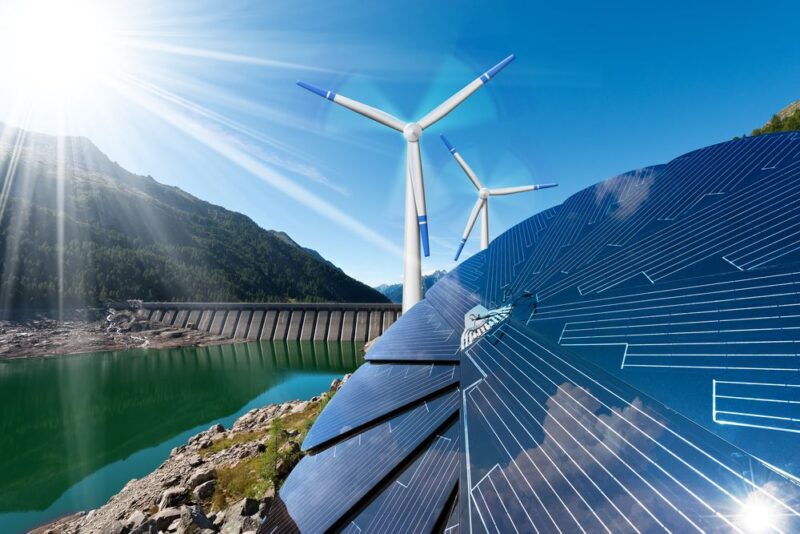In an increasingly electricity-hungry world, renewable energies continue to progress rapidly and are expected to soon surpass coal in terms of electricity production share. Global electricity demand is accelerating, rising from a growth of 2.5% in 2023 to about 4% this year, according to data from the International Energy Agency (IEA).
This increase in demand is driven by growing economic needs and the surge in the use of cooling systems due to intense heatwaves in certain regions of the world. Added to this is the energy consumption of electric vehicles. Forecasts indicate that this trend will continue, with electrical needs expected to grow by 4% in 2025 as well. Although fossil fuels still dominate the energy landscape, renewable energy projects are progressing rapidly.
The IEA predicts that the share of renewables in electricity production will rise from 30% in 2023 to 35% in 2025, thus surpassing coal for the first time. Among green energies, solar stands out particularly, accounting for half of the growth in renewable electricity production. The photovoltaic/wind combination absorbs 75% of this increase.
However, electricity production from coal will not decrease due to the strong energy demand from China and India. This situation leads to a stagnation of greenhouse gas emissions, with even a slight increase expected in 2024, which is not favorable for combating climate change.
Nevertheless, there is hope with the significant increase in hydropower capacity in China, which could reduce dependence on coal in the energy mix and mitigate emissions. The rise in electricity consumption reflects global transformations, from the increasing electrification of sectors to the growing use of air conditioning in the context of climate warming, not to mention the energy demand from data centers for artificial intelligence.


